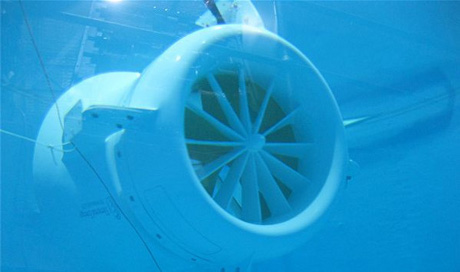
Darwin in the Northern Territory is a step closer to benefiting from the ocean’s energy potential with the announcement that Power and Water has signed a Memorandum of Understanding with Adelaide Tenax Energy to build a 2MW tidal energy plant and tidal energy testing centre.
Tidal energy has been touted as the next big thing in the renewable energy sector with CSIRO recently releasing a report suggesting that a city the size of Melbourne could be entirely powered by waves by 2050.
Oceans make up 70 per cent of the earth’s surface and the tides create powerful and reliable water currents. By harnessing these powerful ocean tidal currents, similar to the way a windmill catches the breeze, energy can be generated.
Located many metres below the ocean’s surface, tidal energy turbines are strategically located to maximise the tidal flow to turn the turbine blades and efficiently generate 100 per cent green energy.
The three factors that combined to create an ideal location for tidal energy are high tidal velocity movement, sufficient water depth and proximity to existing electricity grid infrastructure.
The Clarence Strait off the Tiwi Islands in the NT is one of the largest tidal resources close to a major Australian city, with a potential generation capacity of 450MW. Darwin’s current peak demand is about 300MW.
Power and Water manager of sustainable energy Trevor Horman said the corporation is very interested in sourcing cost-competitive renewable energy for its customers.
“Tidal power from the Clarence Strait has the potential to provide a significant percentage of Darwin’s electricity supply,” he said. “We’re delighted to be taking this first step towards that.”
He noted that tidal energy would enable the establishment of ‘appropriate environmental and performance standards in a tropical environment,’ adding that the project could require some innovation.
“Maintaining a tidal energy array in a tropical environment will potentially require new technical solutions but we hope this will prove a safe, reliable and inexhaustible energy source,” he said.
The project is expected to generate power by 2015, reaching a commercial scale by the end of the decade.
Tenax is also working to establish tidal energy sources in Tasmania and Victoria, but this will be the first trial to take place in a tropical environment.